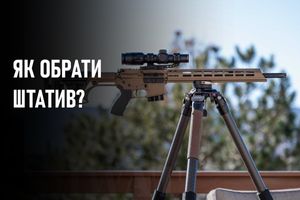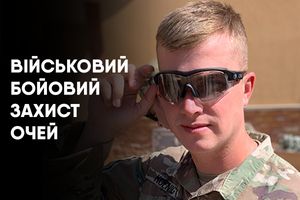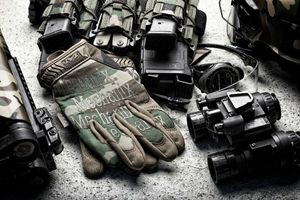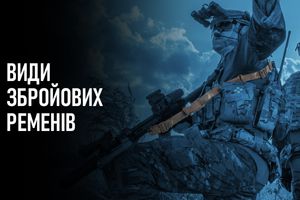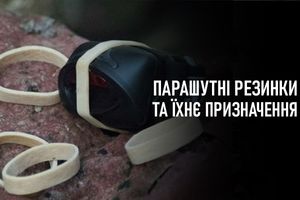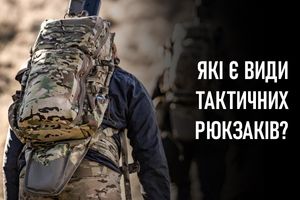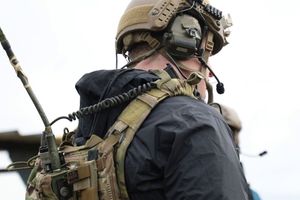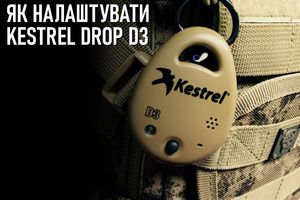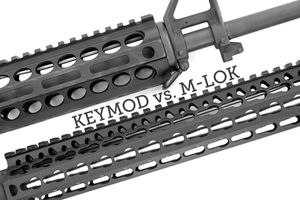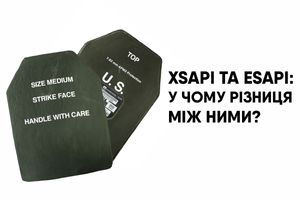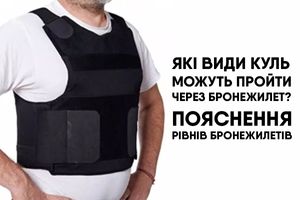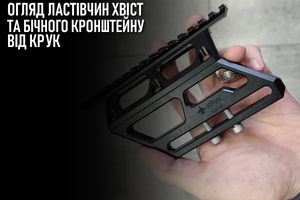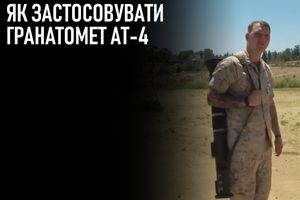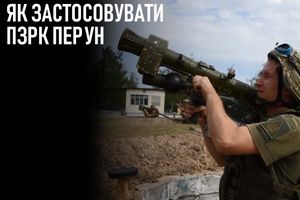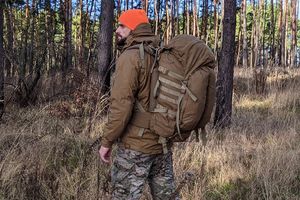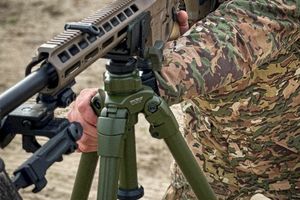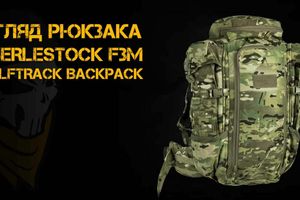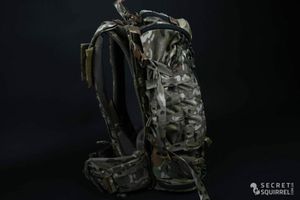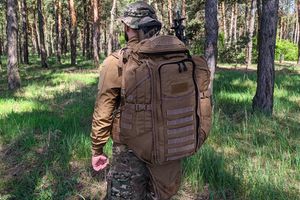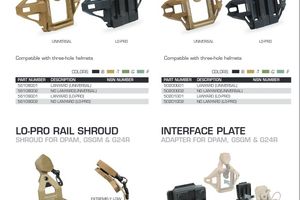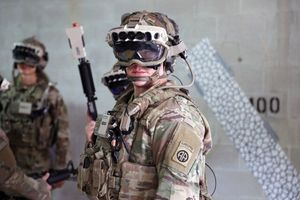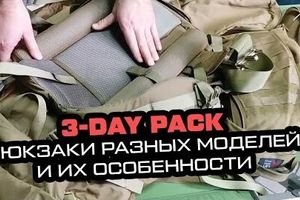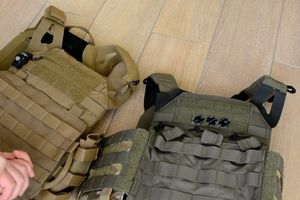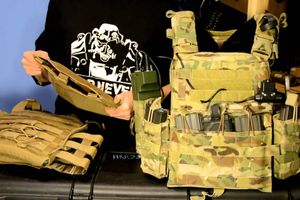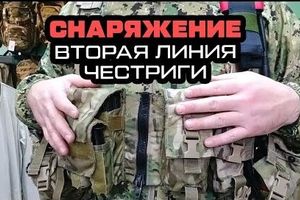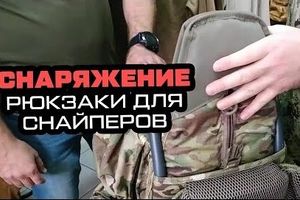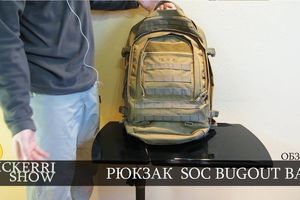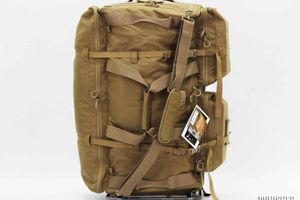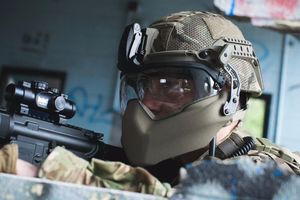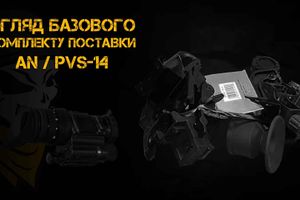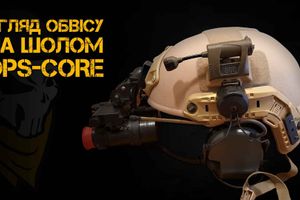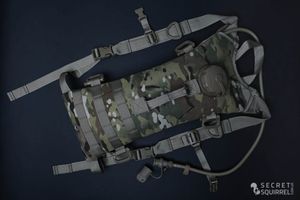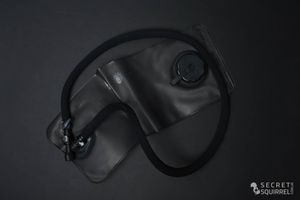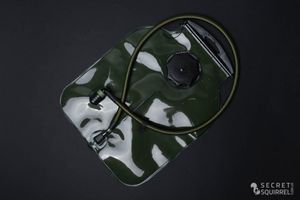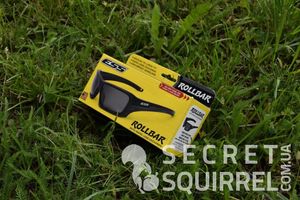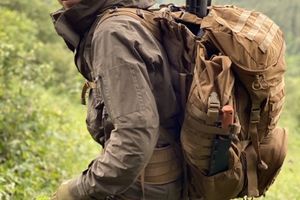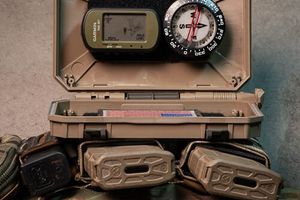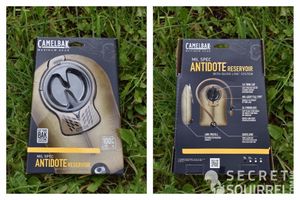In July 2019, we published the first part of an article about SOPMOD, a set of accessories for US Special Forces weapons.
We bring to your attention the second part, the author of the article is Jeff Gurvich, ex-US Special Forces.
Part 2: Block II and the Battle of Afghanistan
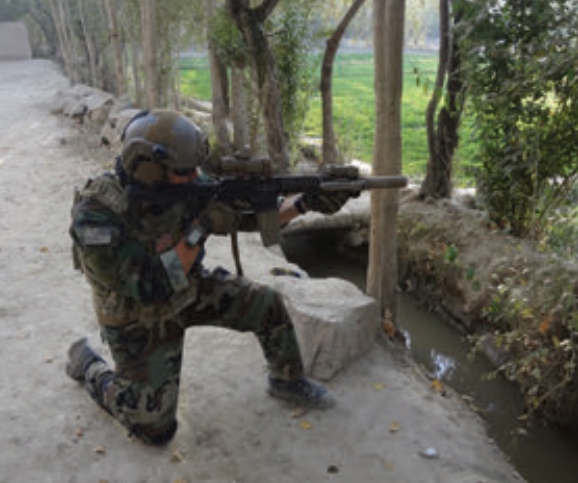
Afghanistan, 2015: Author’s teammate takes aim with most popular set-up used by Special Forces: SOPMOD Block II-equipped MK18 with SU-230 piggy-backed by EOTech MRDS, LA-5 IR/visible laser, SureFire SOCOM suppressor, and WMX200 light.
Over the past 20 years, the Special Operations Program for the MTR has equipped Special Forces with optics and accessories that allow operatives to shoot faster, farther and more accurately than their opponents. In the May issue of S.W.A.T. (Block I and The Early Years in Iraq) I covered the time when the first block of the program appeared in the army special forces teams, and my experience with his subjects during my business trips to Iraq.
Let's move on to the development and implementation of SOPMOD Block II, including my experience with its components during combat missions in Afghanistan.
While the optics of the first unit were doing their job, it became clear early on in Iraq and Afghanistan that Aimpoints, Ioteki and AKOGi offered enhanced firing capabilities at specific ranges.
Yes, you can work with Aimpoint or Iotek at distances exceeding 300 meters, but they increase the chances of hitting the target. Let's face it, hitting a moving target 300 meters away with a reflex sight becomes a very difficult task. You can also work with AKOG at close distances, but the fixed fourfold optics becomes by no means ideal. Operatives find out this already taking part in a real shootout. This is true even in missions with only one target building, where only room-to-room melee is expected. In reality, the operatives have to break through to the target from a distance, as well as during the evacuation from the target point.
This means that at any moment you have to perceive threats from any place in an area of about or even more than 500 meters. Thus, regardless of the upcoming mission, no matter what optics are on the carbine - Iotek or ACOG, the choice will be correct only by 50% (it works or does not work) at the distances at which the enemy can be. We needed something that would enable both capabilities on the M4A1, improving our ability to hit both short and long range targets at any time.
The first attempts to cope with this double task began to appear around 2005. It was then that I saw the first miniature collimator on an additional mount to AKOG (SU-237).
At about the same time, collimator sights with magnifying attachments (magnifiers) began to arrive in some detachments. While these kits were functional, they were still not ideal. A Docter reflex sight mounted on top of the AKOG usually requires the shooter to slightly raise his head to aim, not the most stable and fast way of shooting. The shooter should aim at nearly 5 inches (12.7 cm) from the usual tab.
And the problem with magnifiers is that in addition to a three to fourfold approximation, they also give a three to fourfold increase in the reticle point.
So while you can see the object better at a distance, with an old M68 with a 4 arc-minute reticle, the magnifier will make that point at 12 arc-minutes. Such a point placed on an object at a distance of 400 meters turns into a 48-inch circle. This is twice as wide as the silhouette of an ordinary person, in such conditions it is difficult to determine exactly where the mark is located in order to accurately hit the target at any distance.
DUAL OPPORTUNITY, PROBLEM SOLVED: SOPMOD Block II
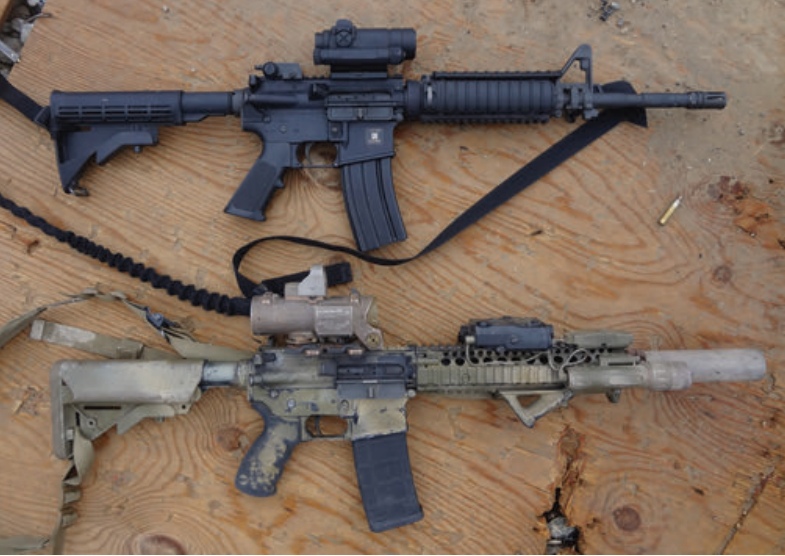
Top: conventional Army M4. Bottom: SOPMOD Block II-equipped MK18. Performance wise, it’s no contest. SOPMOD Block II accessories take the carbine to the next level!
If I had to choose the only item from the program that had the greatest impact on Special Forces operatives, it would be the ELCAN SpecterDR (SU-230 Articulated Telescope). In fact, since its introduction in 2007, the MTR has killed more militants in Afghanistan with it than with any other optics fitted to the M4 and Mk18 in general.
Finally, with the ELCAN variable 1-4x (pancratic) combo sight, we were able to perform equally well both in CQB situations and when shooting at long distances with one lever movement. Finally, for those who were more comfortable using the optional miniature red dot sight, the Docter can be installed on top.
Today the ELCAN with 5.56 BDC reticle (bullet drop compensator) is still the representative of 1-4x optics with the best viewing angle. And despite early skepticism about its external height and tilt adjustments, the M4A1 with ELCAN, with a certain skill, allows you to confidently hit targets at a distance of 650 meters. This sight has proven its toughness and reliability in battle.
I used this scope on both the M4A1 and Mk18 on two missions to Afghanistan. Even on a short Mk18 with this sight, and when using Mk262 cartridges with a 77 grain bullet, it was possible to hit targets at a distance of 500 meters.
The likely main reason most operatives, myself included, chase ELKANs, even in short ones, is the ability to better scan terrain to detect threats, and the ability to point them to larger weapon systems more suitable for long range destruction.
In the mountains and hills of Afghanistan, when only ELKAN was on my carbine, I successfully detected and aimed at targets at a distance of over 700 meters with M2 machine guns, 60mm mortars and M134 automatic cannons at least six times. Only in the last two years, during my third and last tour to Afghanistan, I thought that 1-4x ELKAN is a little outdated. In the fall of 2015, I changed my trusty old man to 1-6x Trijicon VCOG.

Current barrel lengths and forearms available to SF soldiers. From top to bottom: 10.3 MK18, 14.5 upper with newest RIS II, and older RIS II FSP (front sight post) cut-out. Unfortunately, author did not receive newest upper until mid-tour Afghanistan 2015, hence why older RIS II FSP is rigged up on M4A1.
The reason is not that I was trying to expand the range of my M4A1 and Mk18. Let's face it, 5.56mm is pretty good. Just an additional increase gave a great chance of hitting targets at distances of 300-500 meters within the performance range of Mk262 cartridges, coupled with a 14.5-inch M4 barrel. In fact, there are 1-6x Elkans in the Special Forces. But they come with a reticle for the 7.62 NATO, and are mostly fitted to the FN SCAR-H (Mk17).
MORE SPACE ON PLANKS
Another great achievement of the second unit was the solution to the lack of space on the slats for additional equipment on the M4A1 and Mk18 with a standard front sight. The program started with the Knight’s Armament RAS (aka RIS I) carbine forend, which was regarded by most stormtroopers as an outstanding accessory.
But the addition of a PEQ-2 laser and a visible light flashlight left no room for support with the other hand. This did not seem to be a big problem at first, because in the late 1990s, the V-grip with hand support at the bottom of the forend was common in the late 1990s, which remained the main grip technique.
And as much as I hate to admit it, it was also popular to hold on to the vertical front handle with the entire support arm. Yes, this is not the most stable technique, but fortunately, we developed and by 2006 came to the widespread use of the inclined handle and the C-clamp technique - when the hand wraps around the forend at the sides and the thumb rests on top. Yes, C-clamp has been around since before Magpul Dynamics videos were mainstream.
It seems to me that more effective grip methods that required more forearm extension and more forend space, as well as the development of thin and full-size forend with competition rails like the 3-gan, influenced the development of more advanced systems for military carbines.

Current optic and light options available to SF soldiers. Left: EOTech SU-231, Trijicon ACOG, and old MX3 light. Mounted on MK18: SU-230 with EOTech MRDS, LA-5 laser, WMX200 light, and SureFire SOCOM suppressor. Just above LA-5 is latest CQB optic, SU-231A (EOTech EXPS3).
In 2007, we were told that we would receive new Daniel Defense RIS II FSP forend - those with a cutout for the front sight. As with many SOPMOD items, it took a lot of time to equip teams with them. How many? I did not receive my forend until 2014, on my second trip to Afghanistan. And the newest RIS II, already without cutouts, did not appear until my last trip to Afghanistan in the fall of 2015.
Another remarkable product that appeared in the second unit was the ATPIAL (LA-5) illuminator and designator in infrared and visible spectra, replacing the visible red CVL AN / PEQ-5 laser and the AN / PEQ-2 IR laser. Two of the advantages of the LA-5 are the more powerful illuminators and lasers, and the ability to align the infrared laser to the visible beam during the day.
Despite the popularity of visible lasers among cinematic special forces, in real life no one uses visible lasers in battle.
The only thing I don't like about the LA-5 is that it attaches to the bar with a screw, unlike any other object on the planet that uses a locking lever. And if it is not checked regularly, the propeller weakens and the laser loses its correct sighting, and even worse, the laser falls off and is lost. Therefore, it has become normal practice to tie the laser unit to the forend.
In terms of laser alignment, I found that aiming it at the crosshair of my main optics while aiming at 100-200 meters, it works well, judging by the accuracy of fire.
WHEN BLOCK II REDUCES: LIGHTS
In late 2006, I saw the first LED gun torch - the SureFire X200 pistol torch. Thus, LED technology existed during the development of the second unit. But the main illuminator chosen for the SU-233 Gun Light program (MX3 by Insight Technologies) had an incandescent halogen lamp.
Like the previous gun flashlight from the first VLI unit, the new one turned out to be too dim, about 125 lumens, and even the bulbs could not withstand recoil: in a year, when about 8000 shots were fired, two bulbs had to be changed.
Another problem with halogen bulbs is that they don't give off true white light. It is rather a yellowish light that begins to fade, from which the objects in question become difficult to see, the so-called "dirty light". The same phenomenon applies to the edges of the light cone, where it is also difficult to distinguish what you see.
Needless to say, the "dirty light" slows down the advance of the stormtrooper: you can't go further until you get a good look at everything. This is not to mention the possibility of being shot by someone lurking in the shadows.
True white light from an LED is not only a cleaner glow, but the LED beam itself has a sharper edge that helps you recognize where you see and where you don't.
Unfortunately, the MX3 was not replaced until 2010, and it was replaced by another flashlight from Insight Technology, the WMX200. It has a built-in mount that allows you to change its position on the weapon. The problem is that it is not set very tightly, from which it slaps on the bar. But at least it uses an LED.
I have never used any of these lights. In 2005 I bought myself a Blackhawk Gladius. This lantern proved indestructible, surviving a trip to Iraq and three trips to Afghanistan on its one original lamp.
SCOPE FOR CLOSE COMBAT
By now, everyone knows about the problems with the displacement of the Iotecs aiming mark under the influence of temperature. As I said in Part 1, I'm not a fan of these scopes, and I find their dot and ring reticle too tricky for my eye. I prefer one point. Are the guys using the latest SOPMOD SU-231A, and EOTech EXPS3?
Yes, they do. Causes?
Well, the scope can and does suffer from a temperature shift in the mark, only during business trips to the Middle East for three to six months, there is no significant temperature shift.
Have I seen problematic Yoteki? Yes, I saw it with really bad parallax, when the reticle practically disappears when you are not in line with the scope. But I saw how Yotek maintains zeroing even with a cracked lens from impact in battle. However, with regards to soldiers, I think the opinion about reliability comes down to the shooter's personal confidence in the scope used. If the thing works well in your hands, then it is worth working with it further.
Since USSOCOM is now a replacement for EOTech, possibly in the form of an Aimpoint T1, I don’t want to point out that back in 2010, most US Army Special Forces teams were using Aimpoint CompM4. But, for some unknown reason, we were forced to surrender all such scopes. As I write this article, Ioteki are still used in the SPN teams.
MUFFLER
The last element worth mentioning for the second unit is the SureFire SOCOM suppressor, which completely changed the rules of the game. While the previous unit 1 muffler from Knight's Armament worked, I was not a huge fan of it. The extra gas recoil and the increased muzzle weight were not an equal compromise for the way it performed. In addition, he had a low ability to shoot large, as he had to work "wet". Yes, fill with water, shake and seal the muzzle to keep the muffler baffles damp for optimal performance.
I said that the SureFire SOCOM suppressor changed the rules of the game, because the way it muffles the sound, and with almost no muzzle flash even on the short-barreled Mk18, it is very difficult for the enemy to determine your position in order to conduct accurate return fire. And with this muffler's astonishing attitude towards shooting, you can simply mount it on a carbine and forget about it.
Still heavy at the muzzle, but it complements the Mk18 especially well, handling flash well and allowing for quick follow-up shots.
Critics will say that there are quieter and lighter mufflers. Yes, but military operatives don't need the silencer to be very quiet, just enough to be able to shoot without ear protection. I used this on two trips to Afghanistan, first on the Mk18, then on the M4A1 for longer range.
I admit that this made the rifle heavier with a 14.5-inch barrel. But more than once I managed to use such a bundle very effectively, opening fire from cover from 500 meters at PKM that fired at us, and more importantly, the enemy did not know where I was.
FUTURE
What should be the next wave of SOPMOD subjects? For optics, I would like to see a 1-6x ELKAN scope with a 5.56 reticle, or an equivalent of the same size as the SU-230. Possibly a compact collimator sight with built-in thermal imager or IR laser.
For M4A1 / Mk18 carbines, a narrower forend. I vote for Magpul M-LOK. In the modern design of the four-sided slats, the thickness of the forend itself remains too large. A narrower forend will facilitate the various stable grips that stormtroopers use.
Whatever happens to the SOPMOD program next, based on the results achieved over the last 20 years during which it was introduced, I am confident that the program will provide the MTR with the best small arms accessories, allowing operatives to defeat the enemy in a small-scale combat.
Source: https://mr-aug.livejournal.com/1190539.html
Original Source: S.W.A.T. 2017/06










































































































































